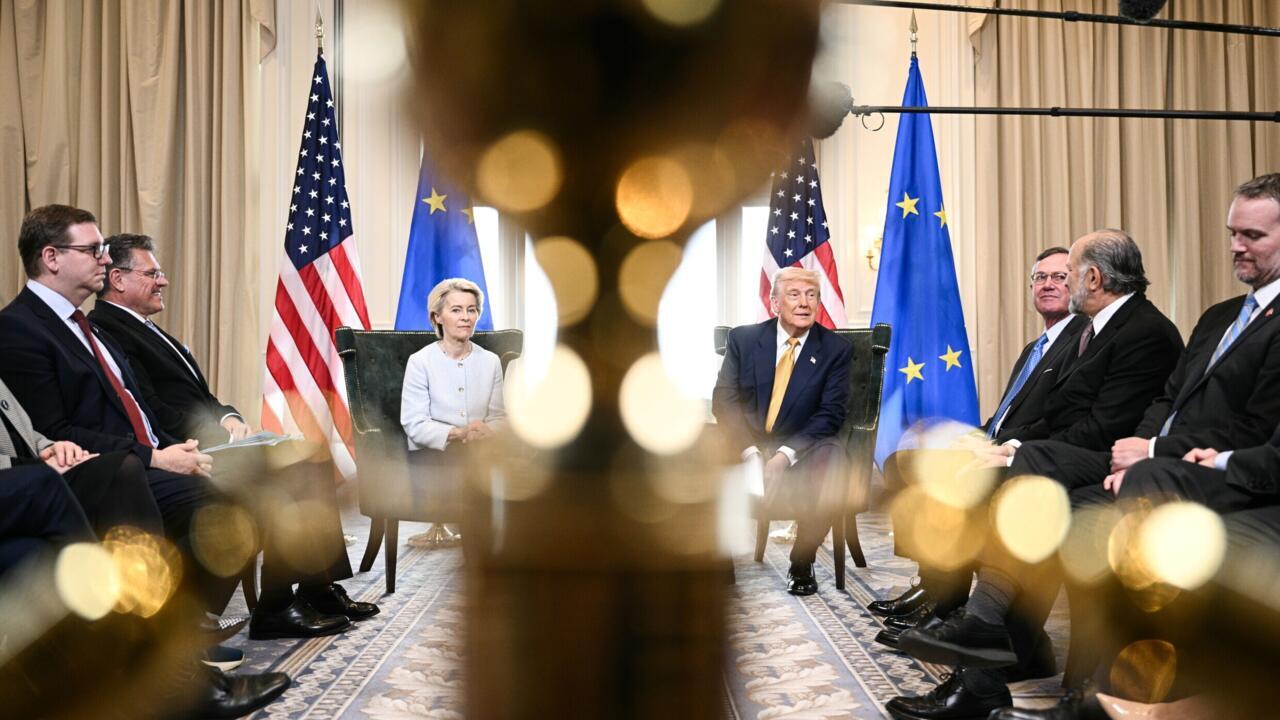Introduction
The strategic importance of global maritime trade routes cannot be overstated. The Panama and Suez Canals serve as vital arteries for international commerce, significantly reducing transit times for ships traveling between major oceans. Recently, former U.S. President Donald Trump called for free passage for American vessels through these critical waterways, reigniting debates over trade policies, national security, and global economic influence.
The Strategic Importance of the Panama and Suez Canals
1. The Panama Canal: Gateway Between the Atlantic and Pacific
The Panama Canal, completed in 1914, remains one of the most significant engineering feats in history. It allows ships to bypass the lengthy and treacherous journey around Cape Horn, saving thousands of miles in transit.
-
Economic Impact: Over 14,000 ships pass through the canal annually, carrying about 6% of global maritime trade.
-
U.S. Influence: The U.S. originally controlled the canal until 1999 when ownership was transferred to Panama. However, America remains its largest user.
2. The Suez Canal: Linking Europe and Asia
The Suez Canal, operational since 1869, connects the Mediterranean Sea to the Red Sea, providing a direct route between Europe and Asia.
-
Trade Significance: Approximately 12% of world trade passes through the Suez Canal, including oil shipments critical to global energy markets.
-
Geopolitical Leverage: Control over the canal has been a point of contention, with Egypt managing it since 1956 after disputes with colonial powers.
Trump’s Call for Free Passage
1. The Rationale Behind Trump’s Demand
Donald Trump, known for his “America First” policies, has long emphasized protecting U.S. economic interests. His recent remarks suggest that American ships should have unrestricted access to these canals without excessive tolls or political interference.
-
Economic Argument: High transit fees increase shipping costs, which ultimately affect U.S. consumers.
-
National Security: Ensuring smooth passage prevents supply chain disruptions, especially during conflicts or global crises.
2. Historical Context
The U.S. has a history of asserting control over these canals:
-
Panama Canal Treaty (1977): The U.S. agreed to transfer control to Panama but retained defense rights until 1999.
-
Suez Crisis (1956): The U.S. opposed British-French-Israeli attempts to seize the canal, advocating for international access.
Trump’s stance aligns with past U.S. efforts to secure maritime dominance but takes a more aggressive economic approach.
Potential Implications
1. Diplomatic Reactions
-
Panama: May resist changes, as canal tolls contribute significantly to its economy.
-
Egypt: Likely to defend its sovereignty over the Suez Canal, a major revenue source.
-
China’s Role: With growing investments in global ports (including Panama’s), Beijing could oppose U.S. demands.
2. Economic and Trade Effects
-
Lower Costs for U.S. Businesses: Reduced tolls could benefit American exporters and importers.
-
Global Trade Tensions: Other nations may demand similar concessions, leading to disputes over preferential treatment.
3. Military and Security Considerations
-
U.S. Naval Mobility: Free passage ensures rapid deployment of military vessels if needed.
-
Countering Rivals: Restricting adversaries (like China or Russia) while securing U.S. access could reshape maritime power dynamics.
Challenges and Counterarguments
1. Sovereignty Concerns
Both Panama and Egypt may view Trump’s proposal as an infringement on their national sovereignty. The canals are major revenue sources, and exempting U.S. ships could set a precedent for other nations demanding similar privileges.
2. Legal and Treaty Obligations
-
Panama Canal Treaties: Any changes would require renegotiation, which Panama may reject.
-
Suez Canal Regulations: Egypt operates the canal under international maritime laws; unilateral U.S. demands could face legal hurdles.
3. Risk of Escalation
Pushing for free passage could strain relations with key allies and escalate tensions with rivals like China, which has been expanding its influence in global shipping lanes.
Conclusion: A Bold but Controversial Proposal
Donald Trump’s call for free U.S. passage through the Panama and Suez Canals reflects his broader vision of prioritizing American economic and military interests. While the idea could strengthen U.S. trade efficiency and naval mobility, it faces significant diplomatic, legal, and geopolitical challenges.
The canals remain under the sovereign control of Panama and Egypt, and any attempt to alter existing agreements must balance national interests with international cooperation. If pursued, this policy could reshape global trade dynamics—but at the risk of provoking resistance from other nations.
Ultimately, the debate underscores the enduring importance of these waterways in global commerce and power struggles. Whether Trump’s proposal gains traction will depend on negotiations, strategic alliances, and the willingness of canal authorities to accommodate U.S. demands.



